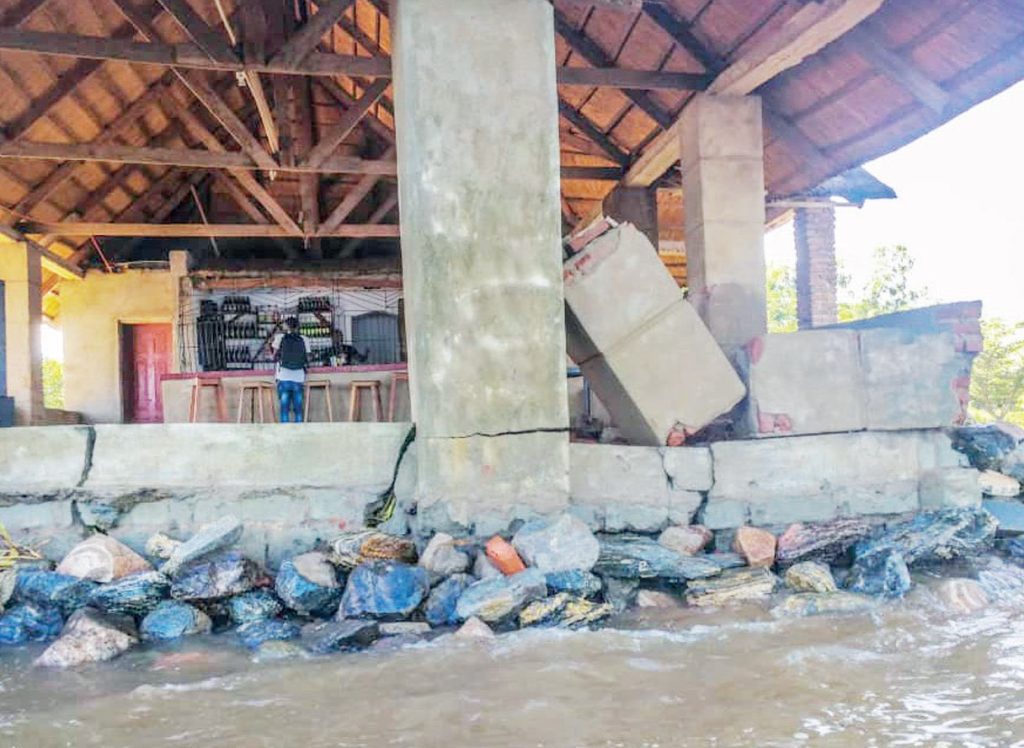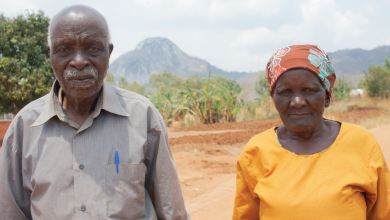Flooding costs tourism K8.9bn
High water levels that affected tourism facilities along the shores of Lake Malawi have cost operators K8.9 billion, a study by the National Planning Commission (NPC) has shown.
The high water levels affected most of the properties along the lake, submerging some and others totally or partially closed, a scenario that the NPC said robbed the country of about 0.01 percent of the gross domestic product (GDP).

The report, done in collaboration with Malawi Tourism Council (MTC) and National Statistical Office (NSO), was disseminated on Monday to find ways of mitigating future occurrences, according to NPC director of knowledge and learning Joseph Nagoli.
“We need to take this seriously because its affecting a key sector under the ATMM [agriculture, tourism, mining and manufacturing] and looking at the figures it will take some year for the lakeshore tourism to recover,” he said.
However, there are still fears that next year, there could be a bigger disaster of high water levels considering that at this point of the year, the lake water level is at 45 centimetres higher than at the same time ast year.
Some players in the tourism sector, including founders of Nyanja Research Institute, Beth Tippet Barr and Vincenzo Costantinis who operate lodges in Salima, stressed that the current water level at the lake already signals danger come next rain season when there would likely be a more serious lake water level catastrophe yet the country is not paying much attention.
Chris Badger of Mvuu Camp and Lodge in the Shire Valley, said stakeholders pay little attention to downstream effects of more water flowing from the lake while plain sites get submerged, pushing game further away which also affects wildlife tourism.
MTC has since warned that should there be no action from key stakeholders, lakeshore tourism will be at high risk.
“Looking at the figures we have [on current water levels] and what we are expecting next rain season, we are sitting on a time bomb.
“I don’t think there will be a future of lakeshore tourism if we don’t act now,” said MTC executive director Memory Kamthunzi in an interview.
Some tourism operators also questioned management of Liwonde Barrage, alleging that sometimes, the operations do not follow the guidelines on water level risk management to minimise the impact. They cited late response in the release of water in anticipation of high water levels.
However, speaking at the conference, an official from Ministry of Irrigation and Water Resources, Engineer Solomon Kalima noted that at the moment, the required maximum amount of water the barrage can release is 1 000 cubic metres per second and that has been followed.
He said that there are downstream risks if more water is released, citing Nkula Hydro Power Stations that can be affected, thereby causing massive blackouts and flooding of Shire River.
Kalima also said they were waiting for information from the Department of Meteorological Services which will indicate how much rains the country is likely to receive to inform them on the water level management plan.
During the dissemination of the results, it was noted that issuance of licences for tourism developers along the lake is problematic as Ministry of Lands and district council authorities loosely enforce lakeshore development guidelines, hence allocating land within the buffer of the lake where water normally reaches.
According to Kalima, there was no flooding of the lake as the water levels of within 477 metres above sea level are within a normal range, cautioning developers to build on sites above that range or design structures that cannot be affected by water.





